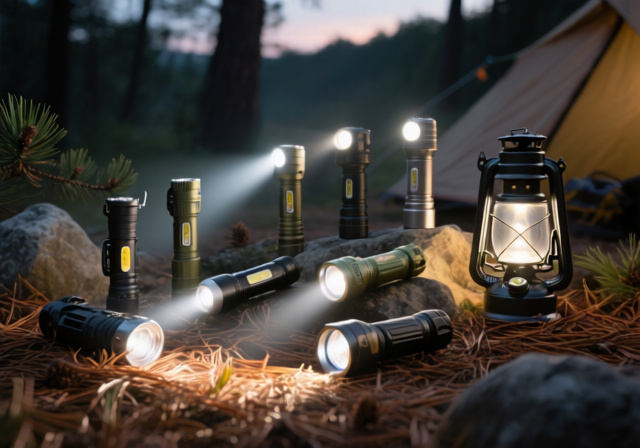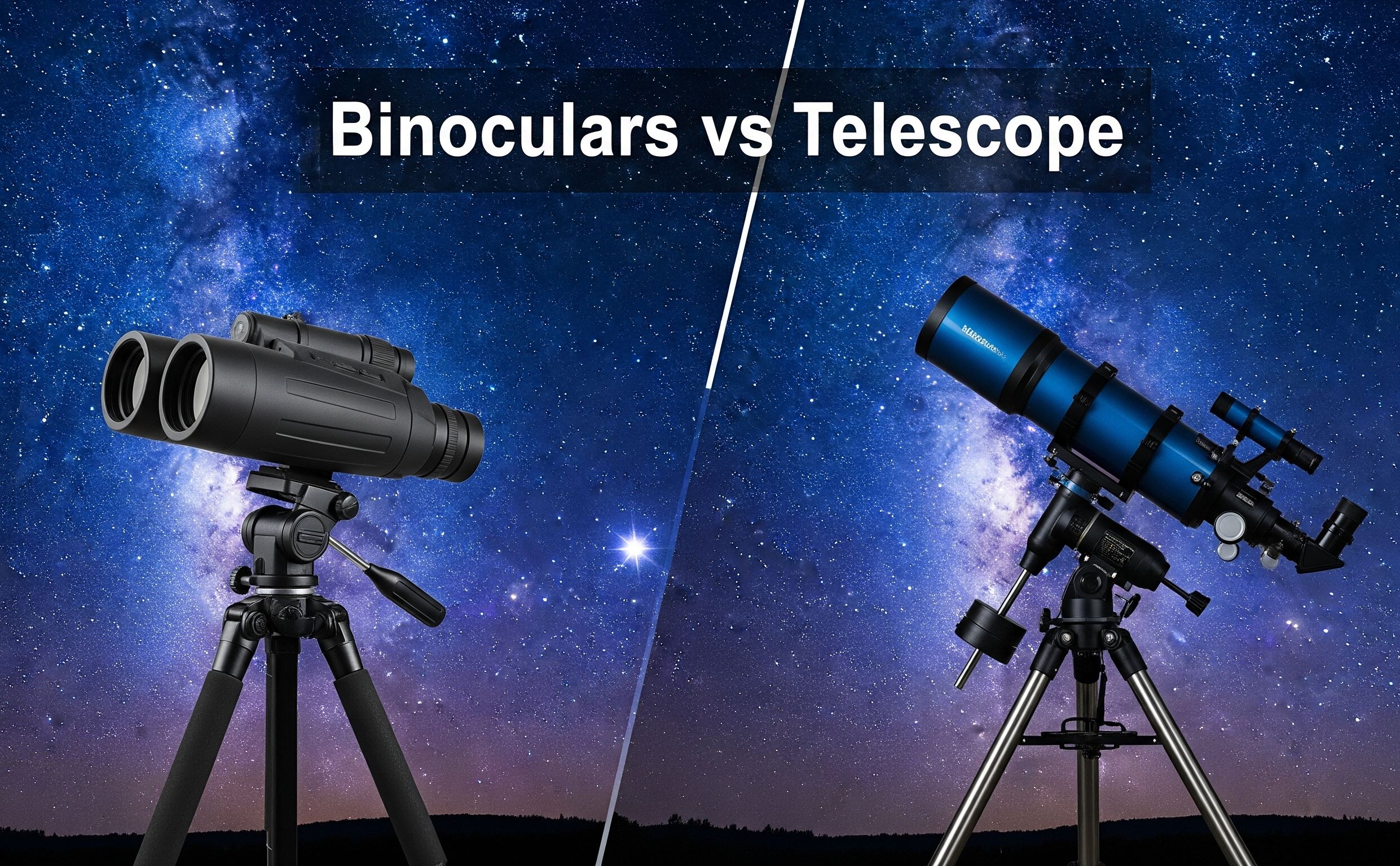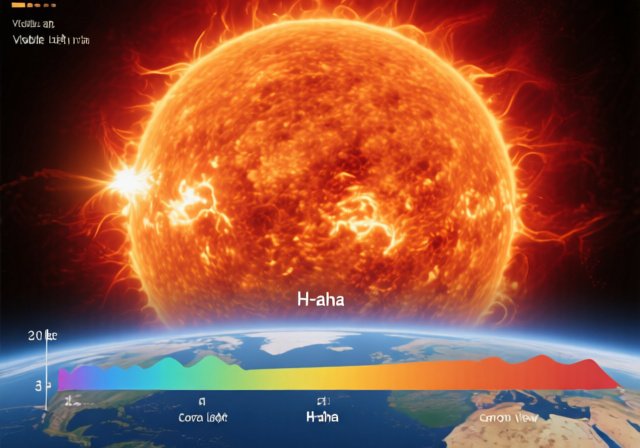



Choosing between binoculars and a telescope for astronomy can feel overwhelming, especially when you’re eager to explore the wonders of the night sky. Both instruments have their unique advantages, and the best choice depends on your specific needs, experience level, and stargazing goals. In 2025, understanding the key differences between these optical tools is crucial for making an informed decision that will enhance your astronomical journey.
At their core, binoculars and telescopes serve the same basic function: they gather light and magnify distant objects. However, their design philosophy and practical applications differ significantly. Binoculars are essentially two small telescopes mounted side by side, allowing for binocular vision, while telescopes typically provide monocular viewing through a single optical path. This fundamental difference impacts everything from ease of use to the types of celestial objects best suited for each instrument.
Binoculars feature a compact, handheld design with two parallel optical tubes. They incorporate prisms to correct the image orientation, making them suitable for both terrestrial and astronomical viewing. Most astronomy binoculars range from 7×50 to 20×80 in specification, where the first number indicates magnification and the second represents the objective lens diameter in millimeters. The dual-eye design provides a more comfortable and natural viewing experience.
Telescopes, on the other hand, come in various designs including refractors (using lenses), reflectors (using mirrors), and compound designs (using both). They’re typically mounted on tripods or specialized mounts and offer interchangeable eyepieces for variable magnification. In 2025, modern telescopes often include computerized tracking systems and smartphone compatibility for enhanced functionality, making them more accessible to beginners than ever before.
Light gathering ability, determined by aperture size, is arguably the most critical factor in astronomy equipment. Telescopes generally offer larger apertures than binoculars, allowing them to collect more light and reveal fainter objects. A typical 8-inch telescope gathers about 1,300 times more light than the human eye, while 50mm binoculars collect approximately 50 times more light. This difference becomes crucial when observing faint galaxies or nebulae.
Binoculars typically offer fixed magnification between 7x and 25x, with 7×50 and 10×50 being the most popular for astronomy. This lower magnification provides a wider field of view and more stable images when handheld. Telescopes can achieve much higher magnifications – often 50x to 300x or more – by changing eyepieces, making them ideal for observing planetary details and splitting double stars. However, higher magnification isn’t always better; atmospheric conditions often limit useful magnification to about 50x per inch of aperture.
One of the biggest advantages of binoculars is their wide field of view. A typical 7×50 binocular might show 6-7 degrees of sky, while most telescopes show less than 2 degrees. This makes binoculars excellent for scanning the Milky Way, observing large star clusters like the Pleiades, or tracking satellites and meteors. The wide field also makes it easier to locate objects, a significant advantage for beginners.
With quality astronomy binoculars, you can observe an impressive array of celestial objects. The Moon reveals major craters and maria, with features as small as 6 miles across visible through 50mm objectives. Jupiter’s four Galilean moons appear as tiny points of light that change position nightly, while Venus shows its phases throughout its orbit. Deep-sky objects like the Andromeda Galaxy (M31) and the Orion Nebula (M42) appear as fuzzy patches, but their true nature becomes apparent with dark skies.
Telescopes reveal much more detail on celestial objects, transforming dots into worlds. The Moon becomes a detailed landscape with craters as small as 1-2 miles visible, mountain ranges casting shadows, and rilles snaking across the surface. Saturn’s rings become a reality rather than a suspicion, while Jupiter shows cloud bands, the Great Red Spot, and the dance of its moons with their shadows crossing the planet. Mars reveals polar caps and surface features during favorable oppositions.
Binoculars win hands down for grab-and-go astronomy. They require no setup, cool-down time, or alignment procedures. You can be observing within seconds of stepping outside. This spontaneity makes them perfect for quick sessions, unexpected clear skies, or when traveling. Many experienced astronomers keep a pair of binoculars handy even when they own multiple telescopes, recognizing their unique value.
Telescopes require more commitment. Setup can take 10-30 minutes, depending on the complexity of your equipment. Mirrors need time to reach ambient temperature for optimal performance – sometimes an hour or more for larger instruments. However, modern telescopes in 2025 often feature quick-setup designs and smartphone apps that simplify alignment procedures, reducing the barrier to entry significantly.
Binoculars are incredibly beginner-friendly. The wide field of view makes finding objects easier, and using both eyes feels natural. Most people can start enjoying views immediately without any astronomy knowledge. They’re also excellent for learning constellation patterns and star-hopping techniques that will serve you well if you later upgrade to a telescope.
Telescopes have a steeper learning curve. Finding objects at high magnification can be challenging initially, and understanding concepts like focal length, eyepiece selection, and mount types takes time. However, the reward is access to much more detailed views and a wider range of observable objects. Modern goto telescopes can reduce this learning curve by automatically finding objects for you.
Quality astronomy binoculars start around $40-50 for basic models like the Celestron Cometron 7×50, with excellent options available under $200. Premium binoculars can cost $500-2000, but these are typically unnecessary for beginners. The sweet spot for astronomy binoculars is the $100-300 range, where you’ll find models with superior coatings and build quality.
Telescopes span a much wider price range. Basic models start around $100, but serious amateur instruments typically cost $300-1000. High-quality telescopes can easily exceed $5000. Additionally, accessories like eyepieces, filters, and upgraded mounts can add significant costs over time. However, a well-chosen $400-600 telescope can provide decades of satisfying observations.
In light-polluted urban areas, binoculars can be surprisingly effective for bright objects like the Moon, planets, and prominent star clusters. Their lower magnification spreads out sky glow, maintaining good contrast. The Pleiades, Double Cluster in Perseus, and even some bright galaxies remain visible from suburban locations.
Telescopes may struggle more with light pollution but can use filters to improve views. Narrowband filters can reveal nebulae even from city locations, while light pollution reduction filters help with galaxies and star clusters. Under dark skies, both instruments truly shine, with binoculars revealing the full glory of the Milky Way and telescopes pursuing faint galaxies invisible from urban areas.
For meteor showers and satellites, binoculars are ideal due to their wide field of view. The 2025 planetary alignment events are perfect for binocular observation, allowing you to see multiple planets in the same field. Solar eclipses (with proper filters) benefit from both instruments – binoculars for the overall view and telescopes for detailed corona observations. Comets often look best in binoculars when they develop large tails, though telescopes reveal nuclear detail and subtle features in the coma.
Many amateur astronomers eventually own both binoculars and telescopes, as they complement each other perfectly. Binoculars are often used to locate objects before viewing them through a telescope, or for casual observing when setting up a telescope isn’t practical. In 2025, with advancing technology making both instruments more capable and affordable, there’s no reason to limit yourself to just one if your budget allows. Start with binoculars to learn the sky, then add a telescope when you’re ready for more detail.
Both instruments require proper care for optimal performance. Binoculars need regular cleaning of lenses with proper optical cleaning supplies and checking of collimation (alignment). Store them in a dry place with lens caps on, and avoid touching the glass surfaces. Many models now feature waterproof construction, reducing maintenance concerns.
Telescopes require more maintenance, including regular collimation of mirrors (especially for reflectors), cleaning of optics, and lubrication of mechanical parts. Computerized mounts need firmware updates and battery care. In 2025, many manufacturers offer comprehensive maintenance guides and video tutorials, making care easier than ever. Proper maintenance ensures decades of use from quality instruments.
As you develop in astronomy, your needs may evolve. Binocular users might want to upgrade to image-stabilized models or larger apertures like 15×70 or 20×80 instruments. Some may add specialized binoculars for specific purposes – compact 8x42s for travel or giant 25x100s for deep-sky work.
Telescope users often progress to larger apertures, better mounts, or specialized equipment for astrophotography. The path might lead from a 70mm refractor to an 8-inch Dobsonian, then perhaps to a computerized Schmidt-Cassegrain for imaging. Consider your long-term goals when making your initial purchase, but don’t let analysis paralysis prevent you from starting your journey.
While you can see Saturn as a small oval shape in 10×50 or larger binoculars, clearly distinguishing the rings as separate from the planet requires at least 25x magnification and steady mounting. Most handheld binoculars won’t show the rings distinctly, though some observers report seeing Saturn’s elongated shape with 15×70 binoculars on steady mounts.
For handheld use, 7x to 10x is ideal, with 7×50 being the classic configuration. Higher magnifications become difficult to hold steady without support. The 7×50 configuration offers the best balance of magnification, light gathering, stability, and exit pupil size for most users. For mounted use, 15×70 or 20×80 binoculars excel.
Any binoculars can be used for astronomy! Even compact 8×25 binoculars will show you more stars than the naked eye and enhance views of the Moon. However, models with larger objective lenses (50mm or more) perform much better for astronomy due to superior light gathering. Astronomy-specific models often feature better coatings and prism types optimized for low-light performance.
For a quality beginner telescope, budget $200-500. This range offers good optics and stable mounts without overwhelming complexity. The sweet spot is around $300-400, where you’ll find 6-inch Dobsonians or 80-90mm refractors with decent mounts. Avoid department store telescopes under $100, as these often have poor optics and unstable mounts that lead to frustration.
Binoculars can’t entirely replace telescopes due to their limited magnification and aperture, but they can satisfy many amateur astronomers, especially those interested in wide-field viewing, variable star observing, or comet hunting. Many experienced astronomers use binoculars more often than their telescopes due to convenience. Think of them as complementary tools rather than replacements.
Whether you choose binoculars or a telescope for astronomy, you’re taking an exciting step into one of humanity’s oldest sciences. Binoculars offer an accessible, versatile entry point perfect for beginners and casual observers who value simplicity and portability. Telescopes provide the detailed views and growth potential for those ready to dive deeper into the hobby and explore the universe’s hidden treasures. Remember, there’s no “wrong” choice in the binoculars vs telescope debate – only different paths to exploring the cosmos. Many astronomers start with binoculars and add a telescope later, building a complete observing kit over time. In 2025, with excellent options available in both categories and helpful online communities to guide you, the stars have never been more accessible to aspiring astronomers. The universe is waiting – which tool will you choose to explore it?







